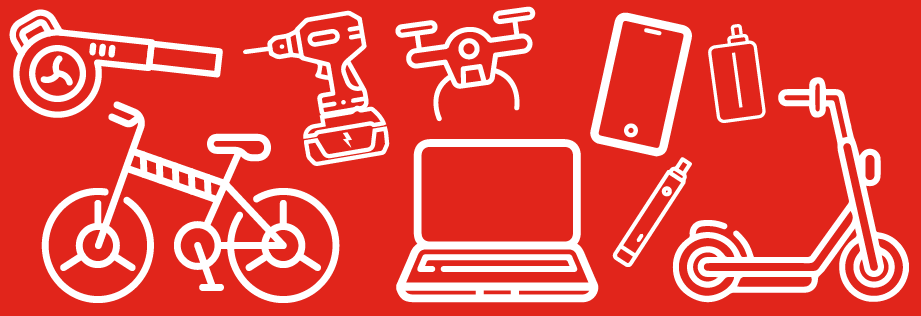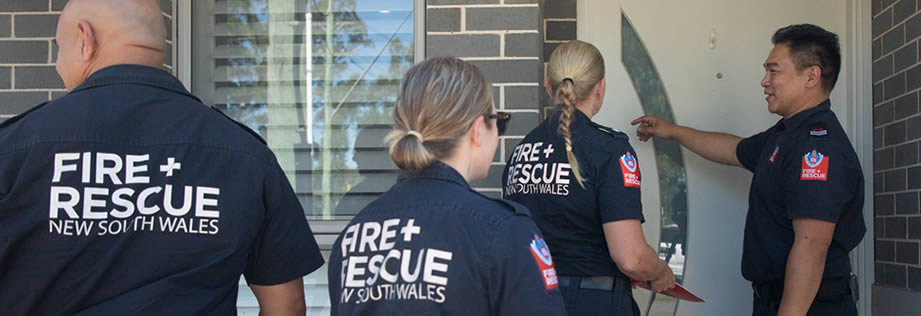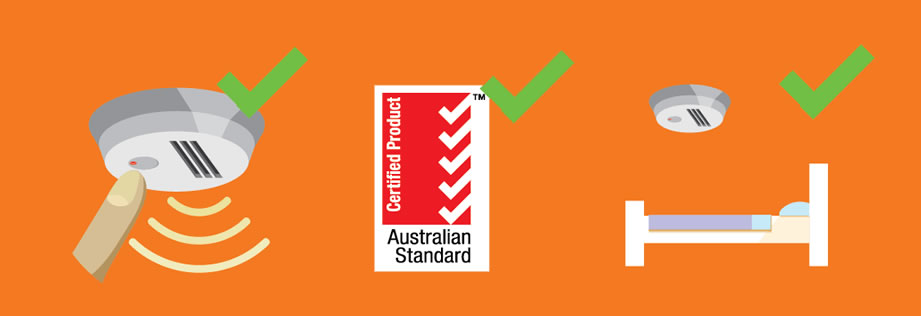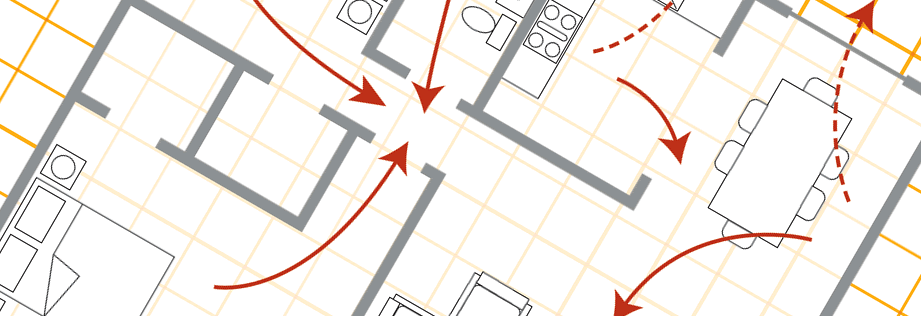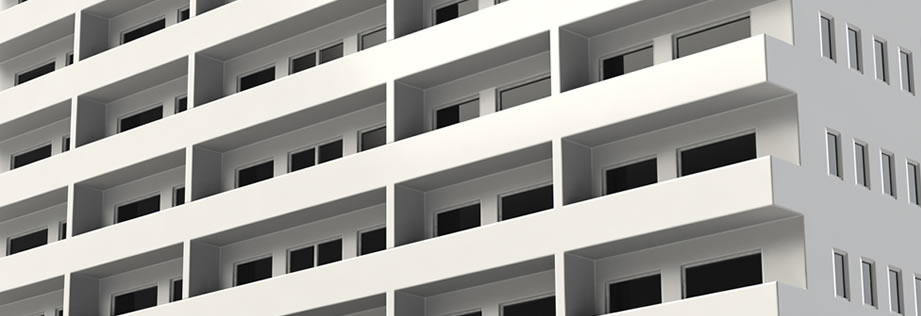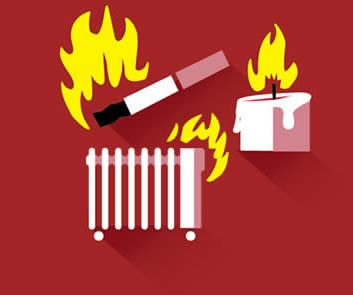Home fire safety
A fire can take hold in three minutes, yet it only takes seconds to prevent one.
Be prepared by always ensuring that you have a working smoke alarm.
Learn how to minimise the risks in your home and be fire safe this spring. Learn how to be fire safe.
Lithium-ion batteries are the fastest growing fire risk. Click here to understand the risks and be prepared.
A safety visit can assist in helping you reduce the risk of an accidental fire in the home and safely escape in the event of a fire. Learn about Safety Visits here.
It's the law to have at least one working smoke alarm installed on every level of your home. Learn about smoke alarms here.
Having a home escape plan and a working smoke alarm increases your chances of getting out safely. Learn about escape plans here.
The best way to keep you and your family safe is to prevent fires from occurring and know what to do in case of a fire. Learn about high-rise fire safety here.

